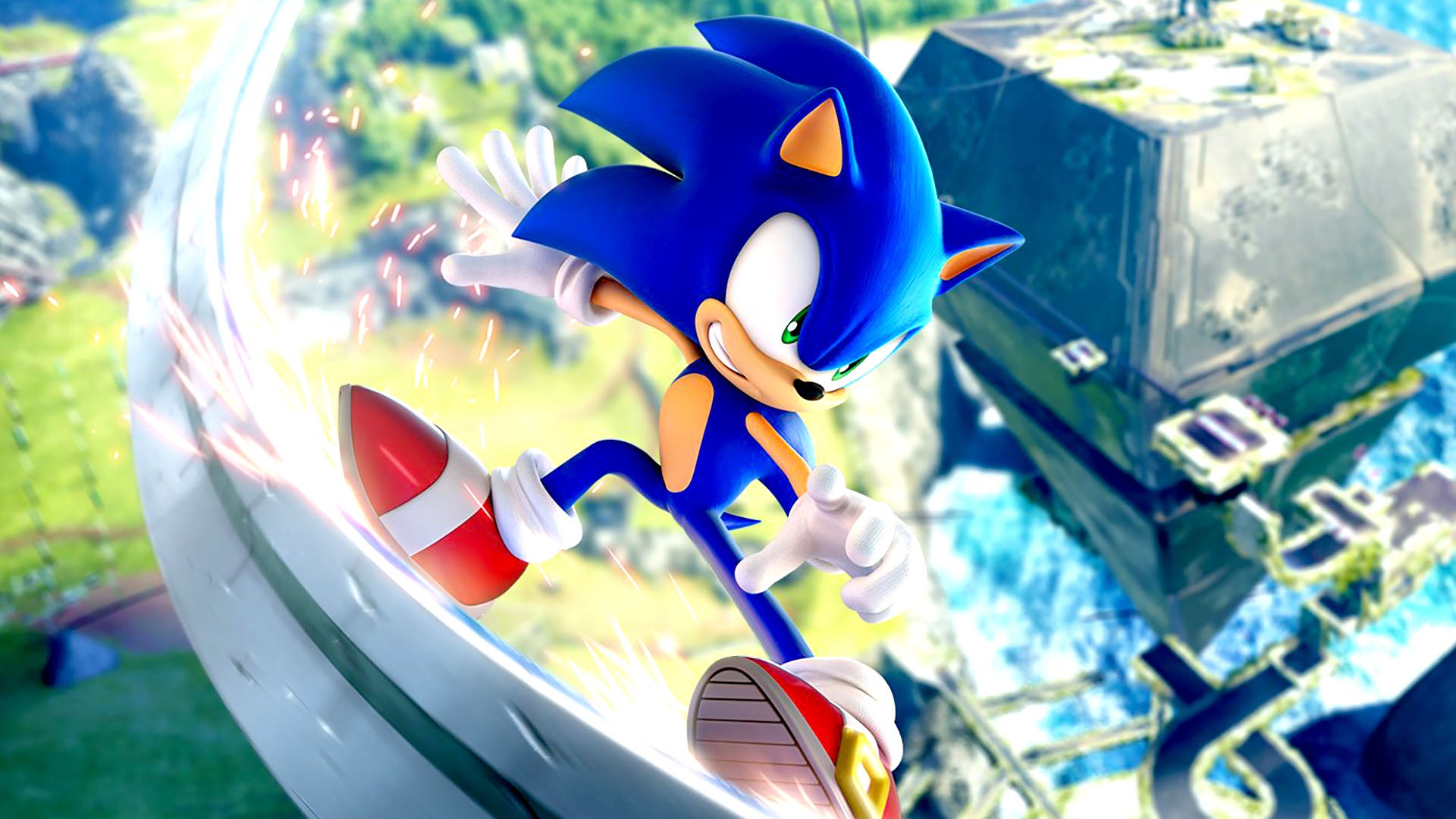
After a lengthy development period, Sonic Team's latest creation has finally arrived and after doubts and fears about the quality of the title based on early trailers, I'm happy to say that Sonic Frontiers is a good game - a really good game. However, there is a massive asterix attached to that in that it depends very much on where you play the game. The experience ranges from sublime to, well, Nintendo Switch, where the compromises made are problematic in many ways.
As a Sonic fan, I have much to say about the game design - and all of that commentary is in the embedded video below - but for the purposes of this piece, I'm going to focus on the core technology and the best way to play. At its core, Sonic Frontiers is powered by Sonic Team's internal Hedgehog Engine 2 - the latest iteration of the technology that debuted in Sonic Unleashed. This time, the team was challenged with building much larger environments than any prior Sonic game, while implementing a full time of day cycle complete with an impressive global illumination solution and long-distance shadow rendering. The result is far from perfect but, overall, it works.
There are a lot of good things to say about Frontiers visuals but, at the same time, its flaws are egregious to the point where I should probably discuss them first. The most serious issue with Sonic Frontiers stems from the way it handles object draw-in. Sonic Frontiers exhibits some of the worst pop-in I've personally witnessed in a modern game. Running across the terrain, it's difficult to ignore entire structures, platforms and foes popping into view from nothing. The primary issue is that while the engine does have an LOD system - which is used for certain types of terrain detail - many objects do not have an appropriate LOD or imposter assigned to them so rather than fading from a low detail version of a model to a higher detail version, they simply pop into existence. The games doesn't even bother with dithering or blending the transitions - objects suddenly appear out of thin air every time.
